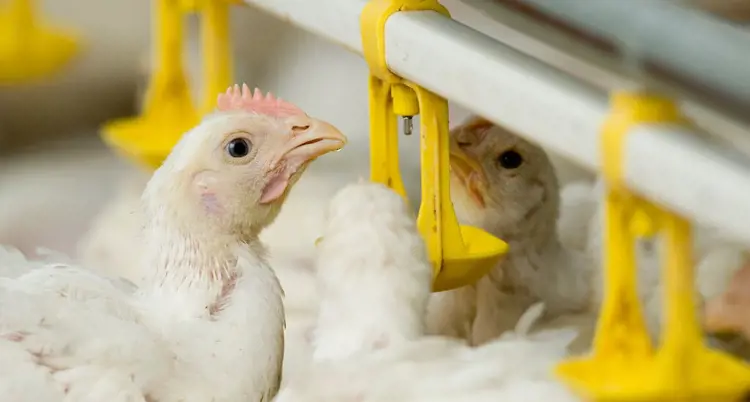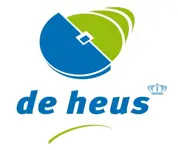The significance of water in poultry nutrition
The correct nutrition of birds in the first days of their lives forms the basis for their proper development. A mistake often made by breeders is neglecting the quality of water. Birds drink twice as much of it as the feed they consume. Its accessibility and quality are therefore key factors, which impact on the outcome of poultry production.

Water is an essential dietary component, and the cheapest
Poor-quality water reduces feed intake. Breeders may mistakenly attribute this to poor-quality feed. However, in 95% of cases, reduced feed intake is caused by a lack of water or water with inappropriate biochemical or physiochemical qualities.
Poor water quality or a water shortage may be indicated by:
- limescale deposits on watering troughs;
- wet litter;
- differences within the flock;
- diarrhoea;
- lack of energy.
Unsuitable water or a lack of water slow down chyme transport
This results in reduced feed intake and poor development of the birds. The data is terrifying – in 30% of commercial farms, the water is contaminated with bacteria. Its poor quality is influenced not only by microorganisms, but also by any added substances, and by water cleaning and disinfection methods. How to recognise poor-quality water The quickest and easiest way to check the water quality is an organoleptic test. Fill a glass with water from the end of the watering line and decide whether you can drink it. If not, do not give it to the birds. Send the water for laboratory tests right away and sanitise the watering line in the poultry house.
The best way to sanitise the watering line is using H2O2, or hydrogen peroxide
Using hydrogen peroxide ensures safety during the production cycle, except when antibiotics, vaccines and vitamin preparations are administered. Its great advantages are its ease of use and the fact that it removes biofilm from the watering line. Biofilm contains pathogenic bacteria – streptococci, e-coli, pseudomonas.
How to use hydrogen peroxide
- The correct dose is usually 50ml per 1000 litres of water. This amount does not affect the flavour and other properties of the water.
- If that dose turns out to be ineffective, you can increase it to 250ml of hydrogen peroxide per 1000 litres of water. At this concentration, the taste of the water will be a little different, which can slightly irritate the birds and reduce feed consumption.
- The hydrogen peroxide solution should be applied for 24 hours.
Breeders often fill the watering line for chicks too early
They sometimes even do this a few days before the chicks’ arrival. Cold water with a temperature of 10°C quickly warms up, reaching 40°C in the poultry house. The optimum temperature of water for poultry is 15°C, however. Birds will not drink water with a higher temperature. Warmer water is also an ideal environment for bacteria, fungi and biofilm to develop.
Tip:
It is best to wait until the chicks are being unloaded before you fill the watering line. During the initial days of rearing, change the water in the system every 5 hours, at least 3 times a day.
Also ensure the water is freely accessible
Remember to adjust the watering line as needed and provide the right number of watering troughs. It is worth remembering and applying a few simple tips:
- Make sure that the birds have constant access to water.
- Monitor the water quality – check it with an organoleptic assessment.
- Use hydrogen peroxide to sanitise the line – this is effective and cheap.
- Ensure that the temperature of the water is correct right from the first hours of the birds’ lives.

